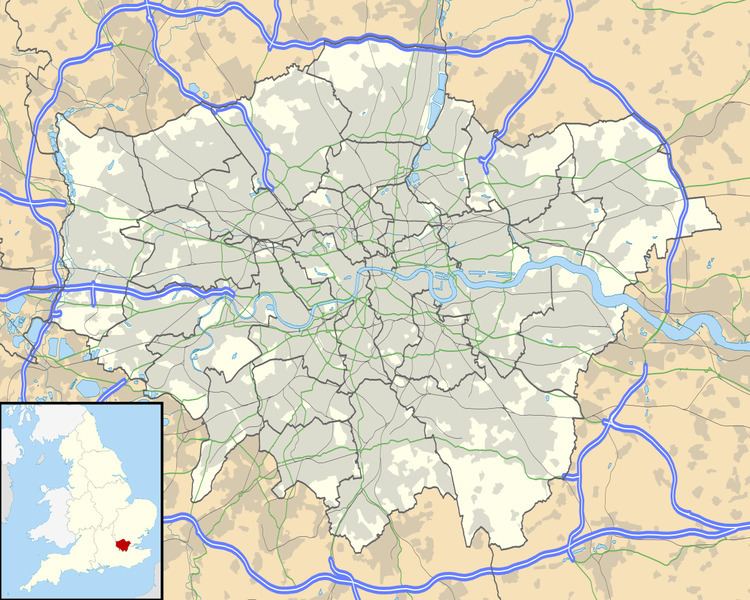OS grid reference TQ145875 Sovereign state United Kingdom | London borough Harrow Dialling code 020 | |
 | ||
Population 10,373 (2011 Census. Ward) | ||
West Harrow is an area in the London Borough of Harrow.
Contents
- Map of West Harrow Harrow UK
- Location
- Arts and Culture
- Zoning information
- History
- Area amenities
- TubeTrain
- References
Map of West Harrow, Harrow, UK
Location
As its name suggests, West Harrow is located on the western side of the London Borough of Harrow, and roughly halfway between the north and south boundaries of the borough. To the south east of West Harrow is Harrow on the Hill, to its north east is Greenhill, to its west is Rayners Lane, to its north is North Harrow, and to its south are Roxeth and South Harrow.
Arts and Culture
West Harrow, considered to be the bohemian part of Harrow, boasts the first and only contemporary artist-led gallery in the borough which was set up in 2010 by the Usurp Art Collective. The space is called the Usurp Art Gallery & Studios and was converted from an old butchers shop. Usurp Art provides professional support to artists and runs the only public artists studios in the borough. It is a flagship project for Arts Council England. The neighbourhood also has strong musical connections: keyboardist and composer Rick Wakeman grew up here and it is currently (2015) home to a number of jazz musicians including pianist Alex Webb (musician), and bass players Jeremy Brown and Miles Danso, part of the significant Harrow jazz community which also includes Courtney Pine and Gary Crosby.
West Harrow Park, boasts a cafe, free gym equipment and has a large children's and under-fives play area for local families.
Zoning information
West Harrow is almost exclusively residential, with a few threads of localized commercial zoning around its edges and an occasional small shop dotted within the residential areas.
History
Prior to the early 20th century West Harrow was overwhelmingly rural. The construction of the Uxbridge extension to the Metropolitan line in 1904, and specifically the new West Harrow tube station, triggered a steady growth of homes in the area, spreading out from the location of the new station. In his 1973 BBC TV film about London suburbia, Metroland, Sir John Betjeman stands in Vaughan Road and delivers a piece to camera about the development of the area in the 1900s. The remaining open pockets of West Harrow were filled with small council and retirement estates in the second half of the 20th century.
Several of the roads in West Harrow are named after teachers at Harrow School, as described by Betjeman in his film: Drury Road (Joseph Drury); Vaughan Road (Charles Vaughan); Butler Road (Montagu Butler); Bowen Road (Edward Ernest Bowen); Sumner Road (Robert Carey Sumner); and Heath Road (Benjamin Heath).
